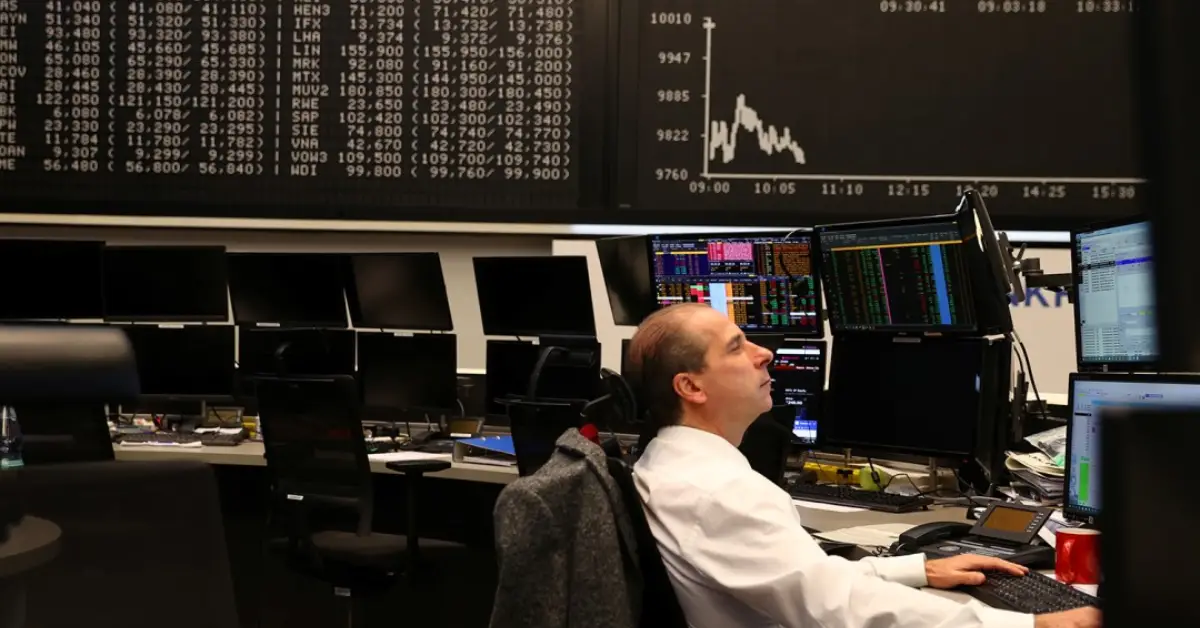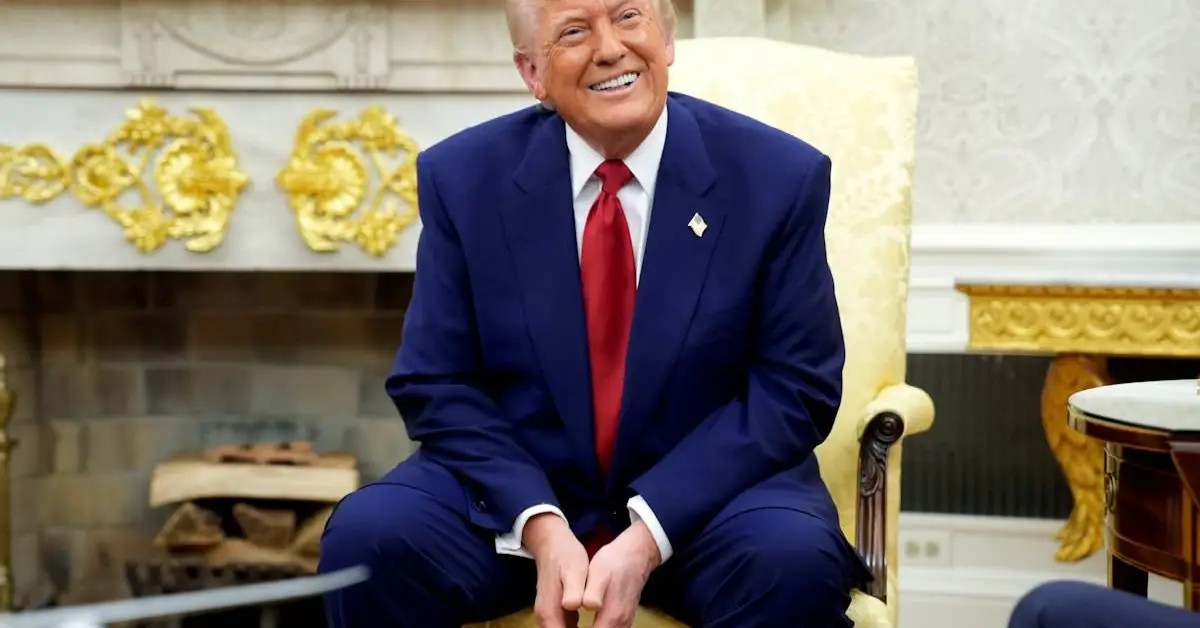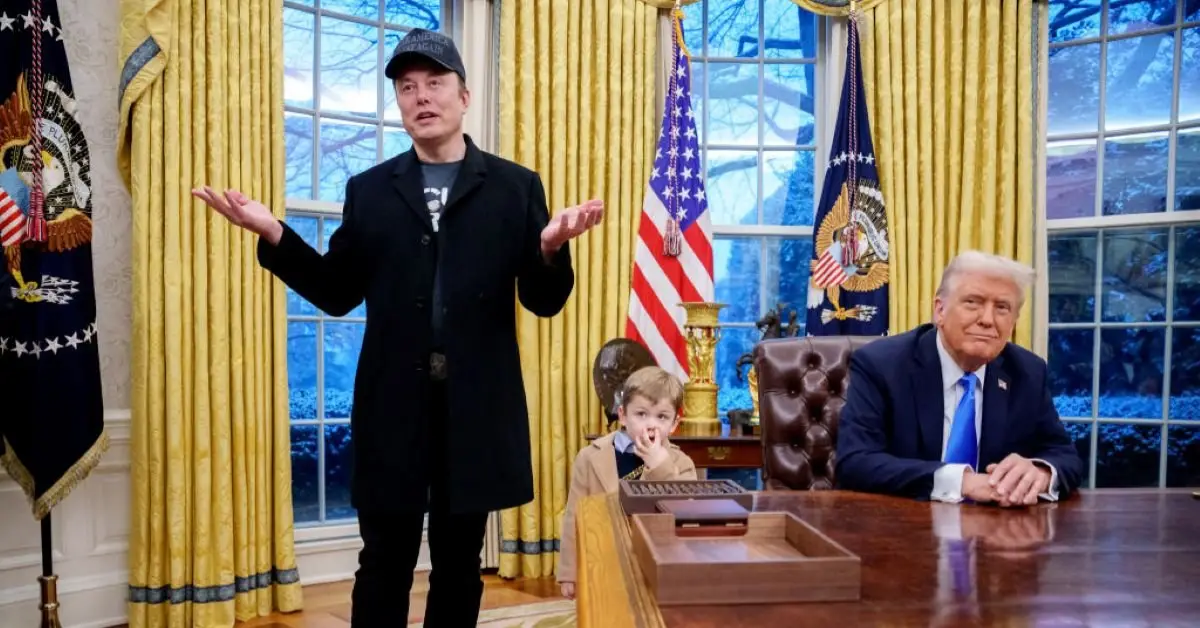The U.S. was on the brink of a financial crisis, a scenario that could have devastated the economy and had wide-reaching consequences for the American public. Although disaster was avoided at the last minute, the factors that nearly triggered this financial turmoil are far from resolved. Political gridlock, rising national debt, and the burden of inflation all played significant roles in pushing the U.S. economy to the edge of collapse. And without swift action, this crisis could happen again.
The Debt Ceiling Crisis: A Near Miss
This week, the U.S. government faced an intense crisis surrounding the debt ceiling, with political leaders unable to agree on raising the borrowing limit. The debt ceiling is essentially a cap on how much money the federal government can borrow to cover its expenses. Once the government hits this limit, it cannot borrow any more money, which means it could face a default on its existing debts. A default on U.S. debt would be catastrophic.
It would not only damage the country’s credit rating but also lead to an immediate rise in borrowing costs, shaking up financial markets worldwide. This could have resulted in a chain reaction, where higher borrowing costs lead to higher prices for everyday consumers, increased unemployment, and an overall slowdown in the economy.
Thankfully, this time, Congress reached an agreement to raise the debt ceiling, avoiding default and buying time for politicians to continue negotiating a long-term solution. However, the fact that the U.S. came so close to defaulting on its obligations is a troubling sign of how close the country is to financial ruin, especially when political deadlock continues to be a significant hurdle.
Inflation and Its Impact on the Economy
Inflation has been another major factor contributing to the U.S.’s near financial disaster. The rising cost of goods and services is a constant concern for Americans, with families feeling the pinch in their day-to-day expenses. Prices for everything from groceries to gas have surged in recent months, leaving many people struggling to make ends meet. As inflation increases, the value of the dollar decreases, reducing purchasing power and making it harder for households to cover their basic needs.
The Federal Reserve has responded to the inflation crisis by raising interest rates in an attempt to cool the economy. While this might help bring inflation down, it also has negative consequences. Higher interest rates make borrowing more expensive, which affects everything from mortgages to car loans to business investments. This slowing of economic activity could lead to higher unemployment and fewer job opportunities for the American people.
Inflationary pressures are also affecting businesses. Many companies are facing rising costs for raw materials and wages, forcing them to pass these costs onto consumers in the form of higher prices. This can create a vicious cycle, where rising costs push inflation even higher, further damaging Americans’ purchasing power.
Political Gridlock and the Government Shutdown Threat
Another issue contributing to the U.S.’s financial instability is political gridlock. The inability of Congress and the White House to work together has left many critical issues unresolved. Government spending continues to increase, yet efforts to reduce the deficit or balance the budget remain stalled. This gridlock has also led to the threat of government shutdowns, which would halt many essential government services.
A government shutdown occurs when lawmakers fail to pass a budget or funding bill. This leads to the temporary closure of non-essential government services, such as national parks, museums, and other public sector operations.
More importantly, it affects programs that millions of Americans rely on, such as Social Security, unemployment benefits, and other welfare programs. The economic impact of a government shutdown is often severe, leading to job losses, disruptions in services, and negative effects on consumer confidence.
In the face of this potential shutdown, lawmakers were able to reach a last-minute deal to avoid a complete government closure. But this temporary fix highlights how fragile the situation is, with the threat of another shutdown looming in the future if an agreement is not reached soon. Without effective bipartisan cooperation, the U.S. could be facing more frequent shutdowns, further damaging public trust in the government and deepening the country’s financial woes.
The Long-Term Financial Risks
While the immediate crisis has been averted, the long-term financial risks facing the U.S. are still very much present. The national debt continues to grow, and without significant changes to government spending and taxation policies, the U.S. could find itself in a deeper financial hole. Political polarization remains high, and many important reforms, such as tax reform and changes to entitlement programs, remain unaddressed.
Experts warn that the U.S. must take action now to prevent a future financial disaster. This includes finding a sustainable way to manage the national debt, making tough choices about government spending, and investing in areas that will foster long-term economic growth. If these issues are not dealt with effectively, the U.S. could face another financial crisis, one that could be even worse than the current situation.
The Road to Economic Recovery
For the U.S. to recover from this close call and avoid future financial collapse, it will need to focus on a few key areas. First, the country needs a long-term solution to the national debt problem. This could involve cutting unnecessary government spending, reforming entitlement programs, and finding ways to increase revenue without burdening the middle class.
Second, inflation must be brought under control. The Federal Reserve’s interest rate hikes are a step in the right direction, but they should be accompanied by policies that help lower Americans’ costs of living, such as reducing the price of healthcare and education. A focus on increasing workers’ wages and improving job opportunities would also help ease the financial burden on households.
Finally, political cooperation is crucial. The U.S. needs leaders who are willing to set aside partisan differences and work together for the good of the nation. Bipartisan solutions to critical issues like tax reform, government spending, and debt reduction are necessary for the country’s long-term financial health.
Conclusion
The U.S. came dangerously close to financial disaster this week, but it narrowly avoided a crisis. However, the underlying issues—rising debt, political gridlock, inflation, and government shutdown threats—remain unresolved. To avoid future financial turmoil, the U.S. must act decisively and work toward long-term economic reforms that prioritize stability and growth. Without this, the country may find itself facing another financial disaster, one that could have devastating effects on millions of Americans.
Disclaimer: This article has been meticulously fact-checked by our team to ensure accuracy and uphold transparency. We strive to deliver trustworthy and dependable content to our readers.




